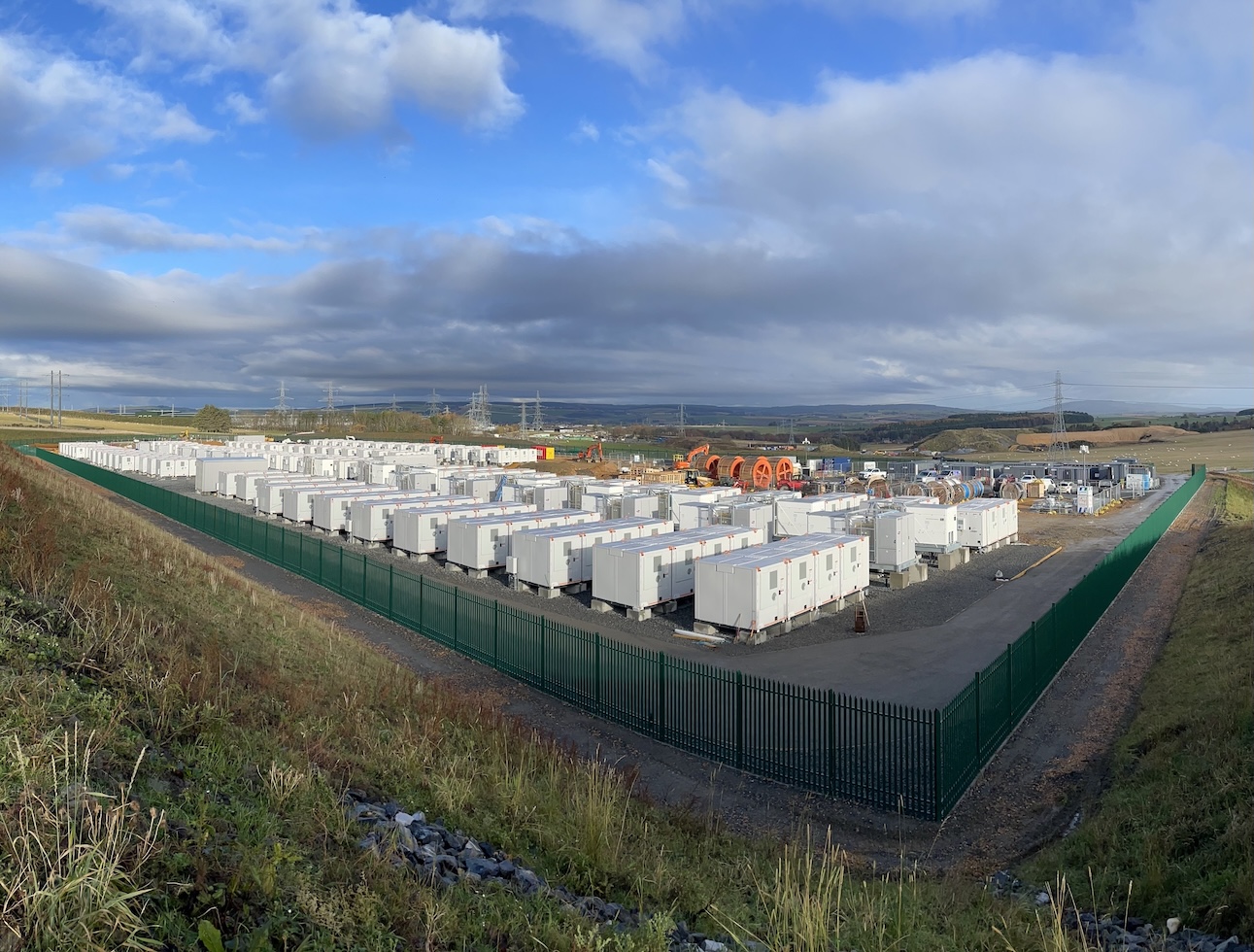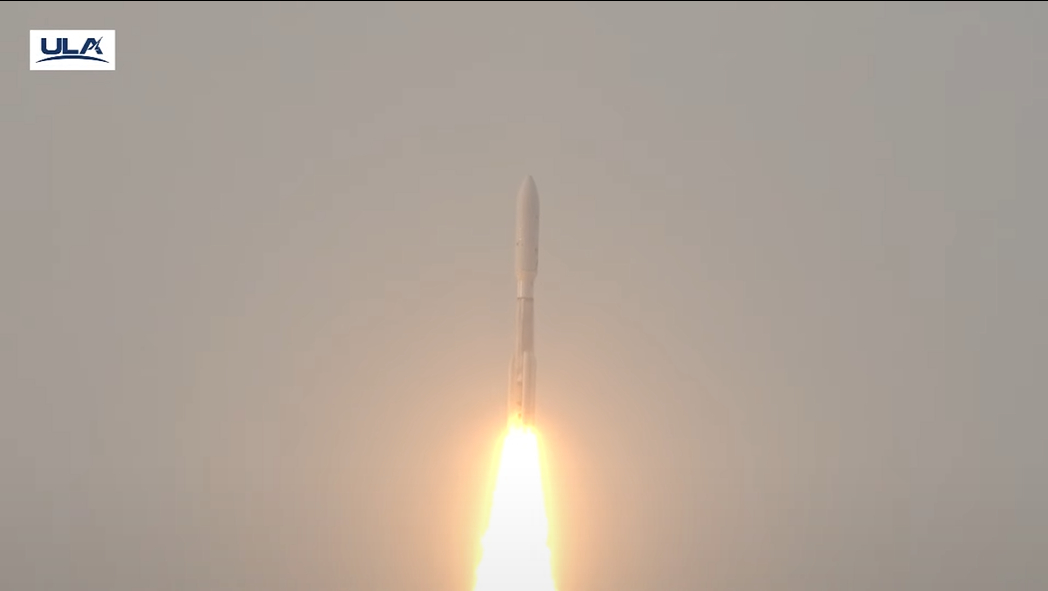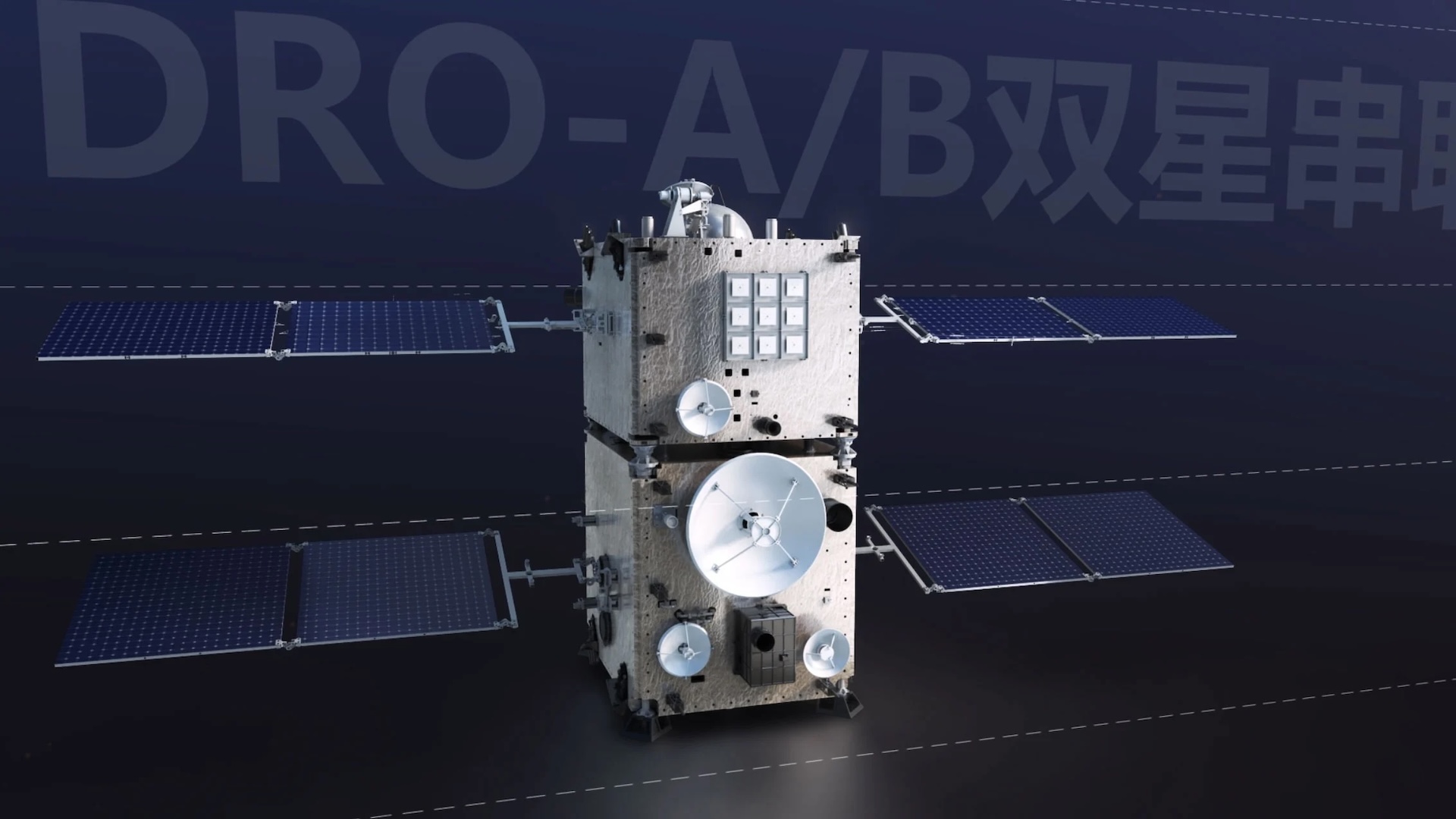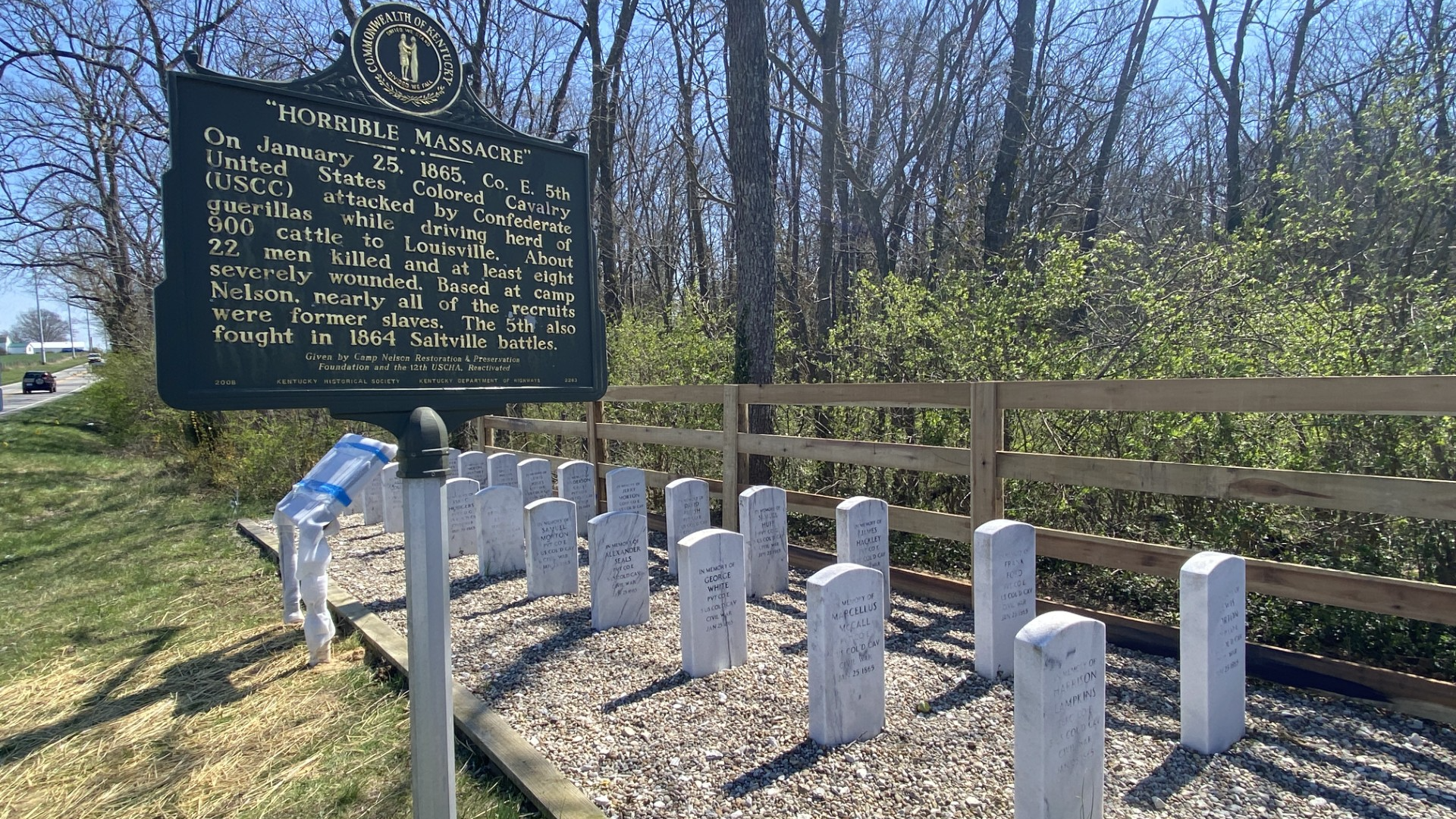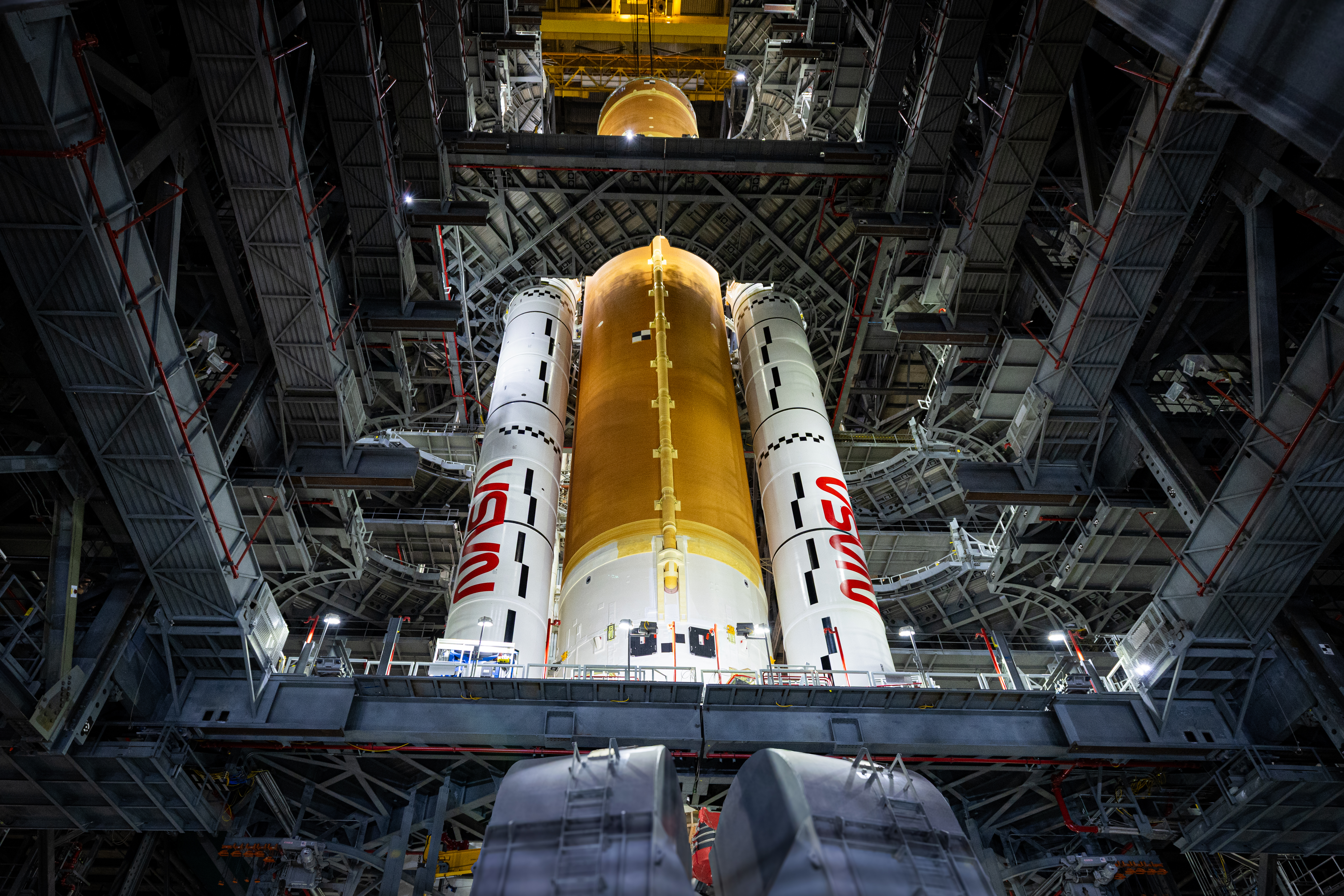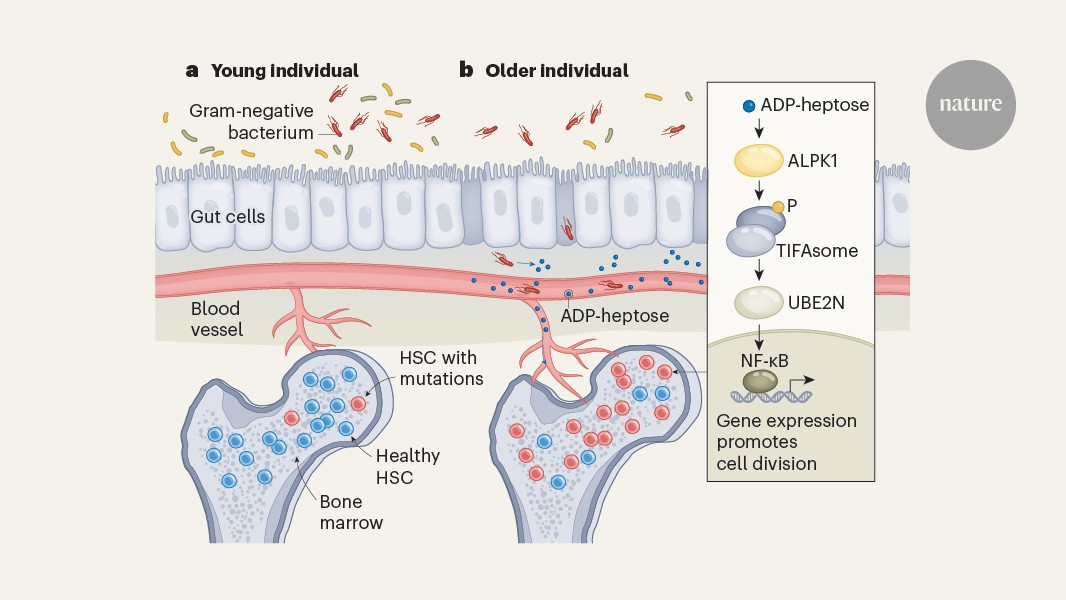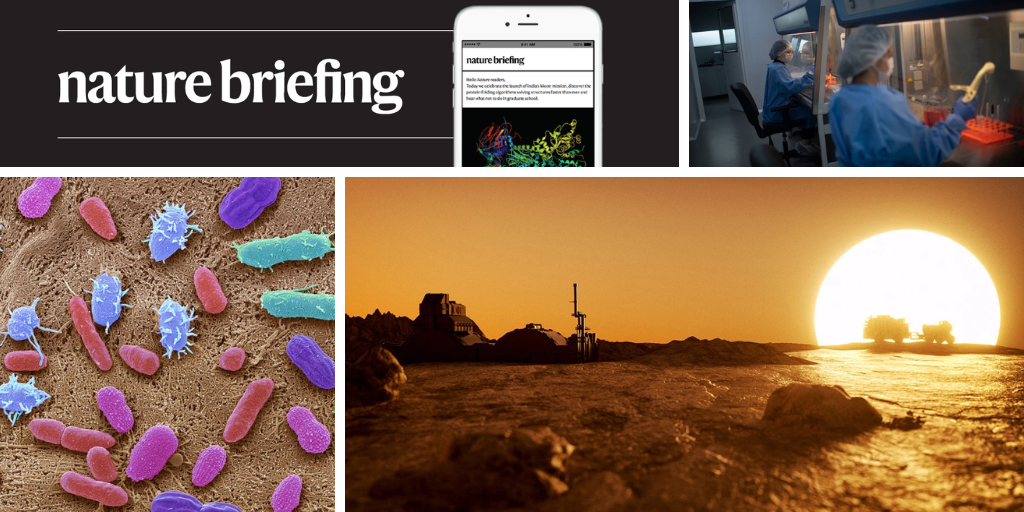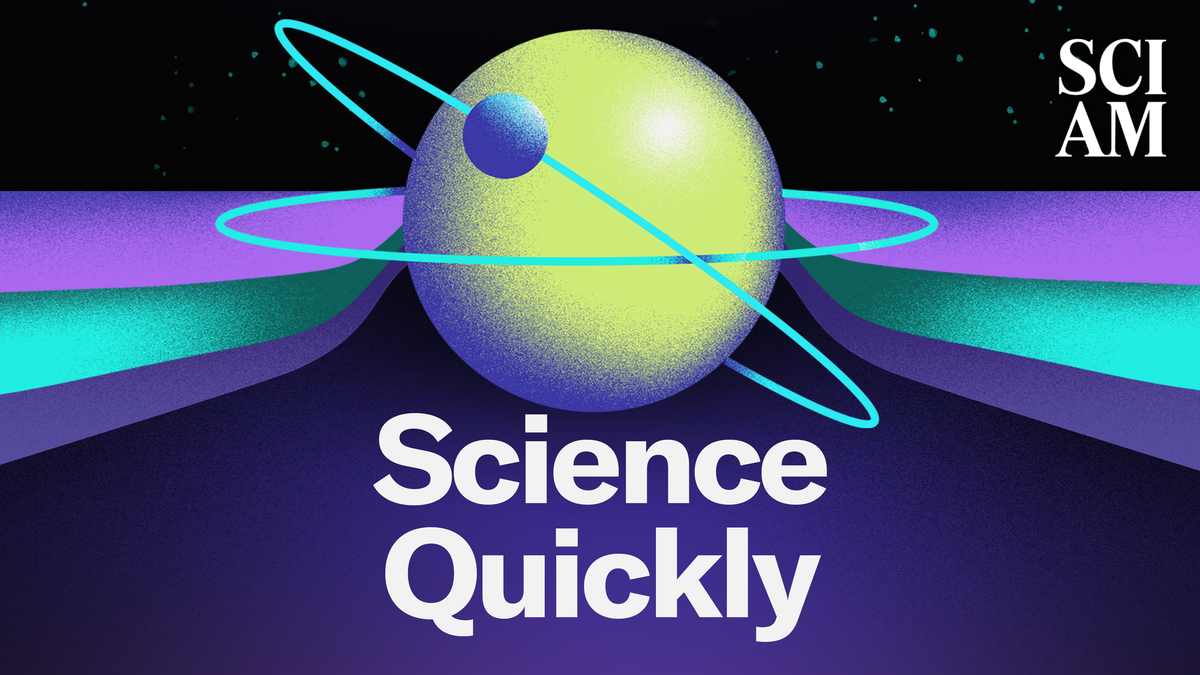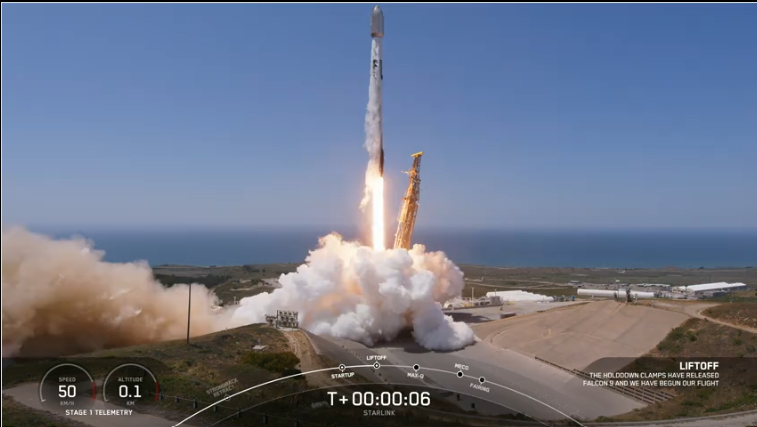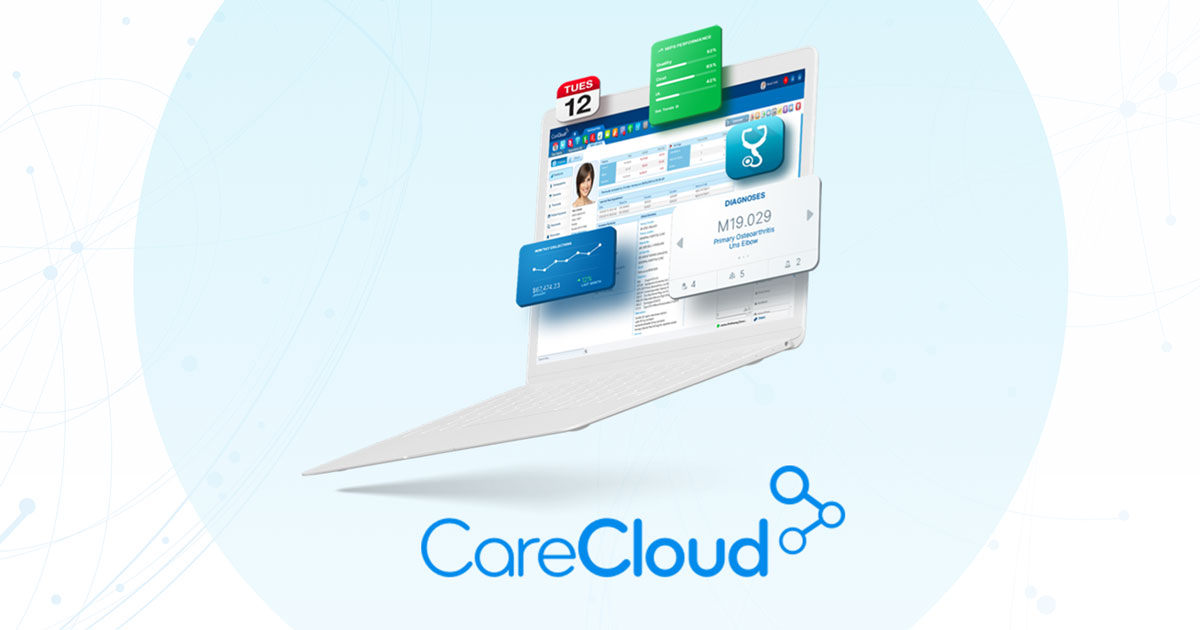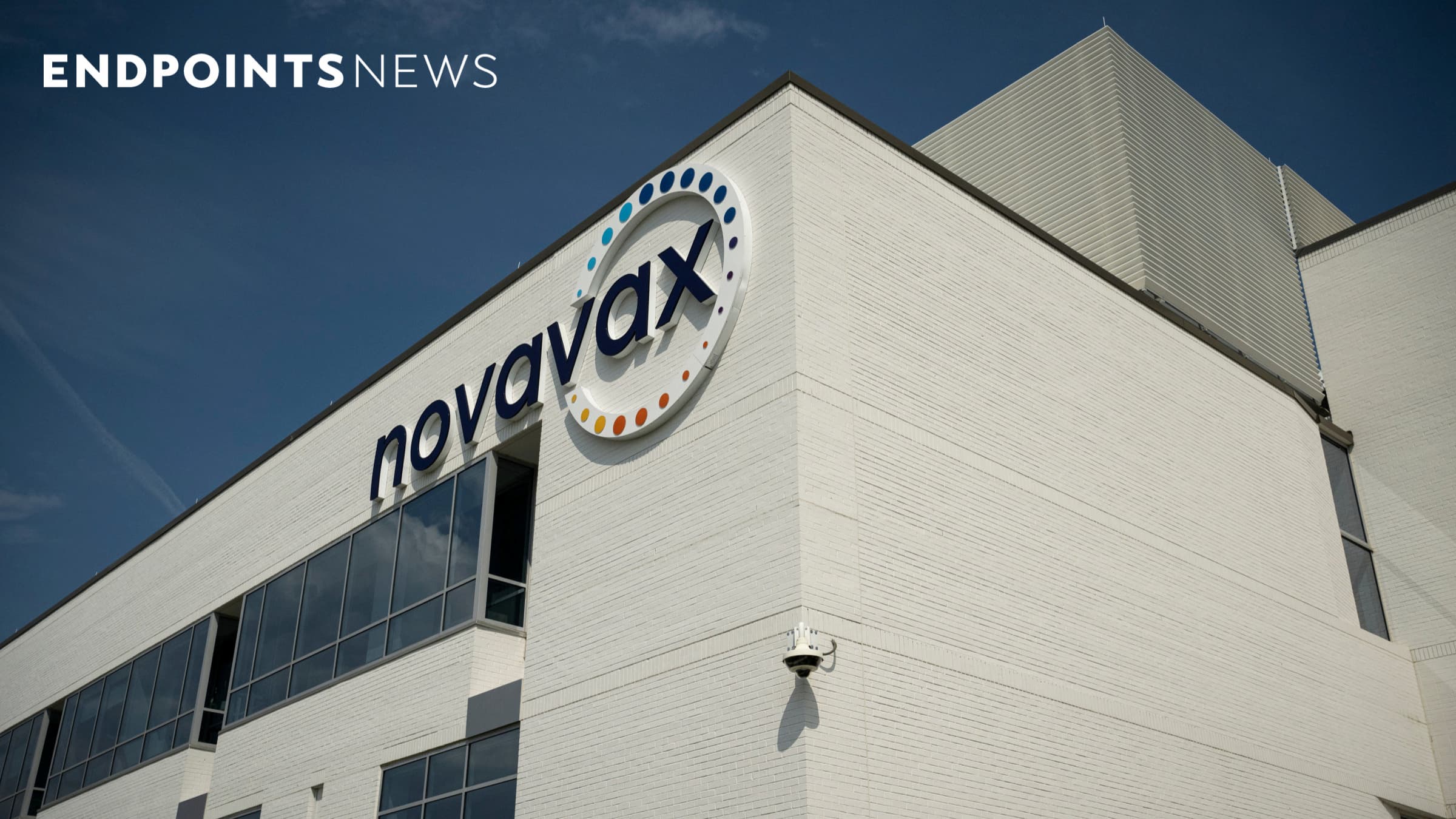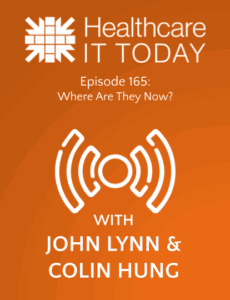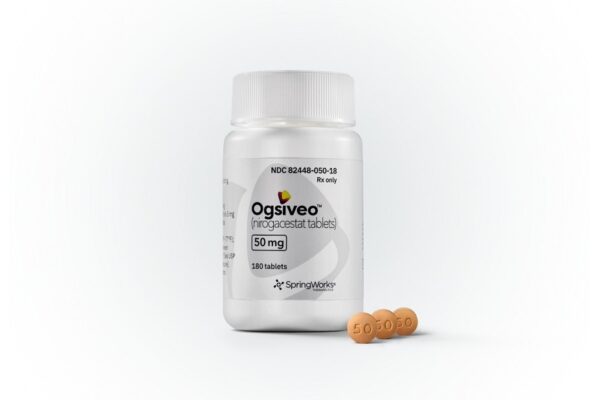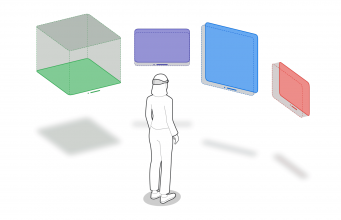Houston Methodist Pilots Ambience Healthcare’s Ambient AI for High-Acuity Settings
What You Should Know: – Houston Methodist announced its pilot of Ambience Healthcare’s new AI notetaking solutions for emergency and inpatient care – some of the most complex, high-burnout areas of medicine. – Ambience’s AI is the first of its kind to integrate directly into the EHR for these settings, reducing administrative burden so doctors ... Read More

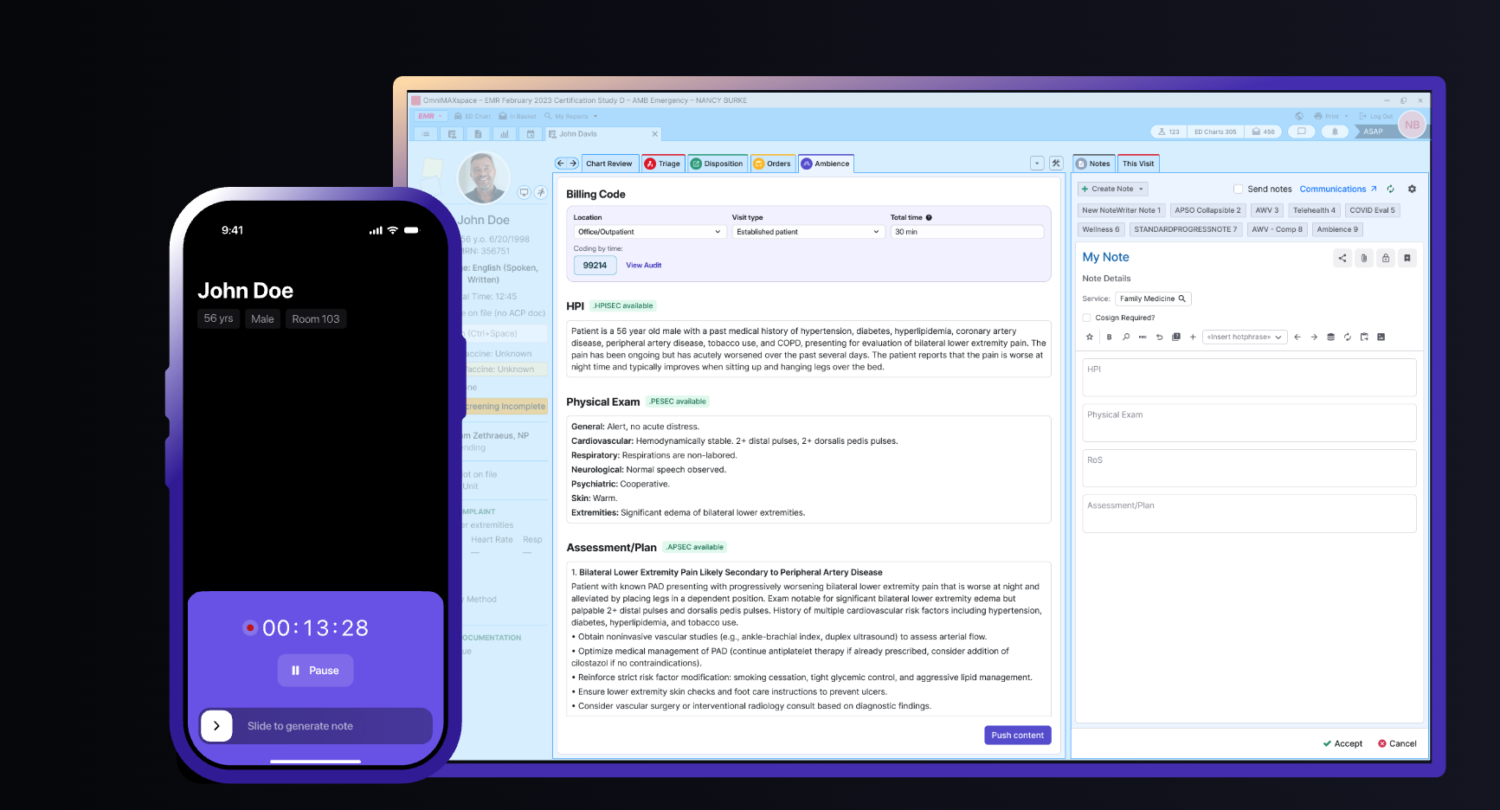
What You Should Know:
– Houston Methodist announced its pilot of Ambience Healthcare’s new AI notetaking solutions for emergency and inpatient care – some of the most complex, high-burnout areas of medicine.
– Ambience’s AI is the first of its kind to integrate directly into the EHR for these settings, reducing administrative burden so doctors can focus more on patient care.
Tackling High-Acuity Workflow and Documentation Challenges
Emergency departments and inpatient units represent some of the most complex and demanding environments in medicine. Clinicians in these settings navigate intricate, non-linear care pathways and workflows daily. ED physicians consistently report the highest levels of burnout in the healthcare industry, partly driven by immense administrative burdens – including an average of 4,000 clicks within the electronic health record (EHR) during a single busy shift.
Hospitalists face similar pressures with wide-ranging patient acuity levels, frequent patient handoffs requiring meticulous communication, and highly detailed, complex documentation needs, all while managing complicated coding and billing requirements. The unpredictable nature and intensity of these settings mean that generic or poorly integrated AI solutions often fall short of meeting clinicians’ needs.
Collaborative Development Yields Tailored AI Solutions
Recognizing these unique demands, Ambience Healthcare built its new ED and inpatient offerings through close collaboration with clinicians at Houston Methodist. This partnership ensured the ambient AI solutions were designed from the ground up to handle the unpredictable nature of acute care, address specific documentation requirements, manage high-acuity patient panels, and adapt to non-linear workflows. Initial pilots conducted at Houston Methodist and other health systems have already demonstrated the technology’s effectiveness in solving these complex challenges. Houston Methodist clinicians are now leveraging these newly released solutions in select ED and inpatient environments.
Key Features Driving Efficiency and Accuracy in Acute Care
Ambience’s new solutions incorporate several features specifically tailored for ED and inpatient settings:
- Specialty-Specific, Contextualized Documentation: The AI captures provider-patient conversations and intelligently extracts key details needed for various documentation types throughout a patient’s acute care journey, including admission notes, discharge/disposition summaries, medical decision-making rationale, and procedural documentation. Critically, its “chart-aware” capability allows it to extract relevant information from existing chart data (like labs and past notes), providing essential context for clinicians.
- Coding Awareness: The technology is engineered to understand the specific coding requirements inherent in different acute care settings. This aims to drive downstream compliance, reduce the cognitive load on clinicians related to code selection, and minimize the risk of time-consuming coding queries.
- Streamlined Workflows: Features such as smart dictation capabilities, context-aware patient and discharge summaries automatically generated from conversations, and accurate multi-speaker attribution are designed to help acute care clinicians remain agile while juggling multiple patients, coordinating consults, and communicating effectively with the care team.
- Seamless EHR Integration: Recognizing the already high “click mileage” in acute care, Ambience emphasizes seamless integration. By connecting through EHR Patient Lists, patient information automatically populates into the Ambience system when a provider assigns themselves to a patient, eliminating the need for manual copy-pasting during documentation. This tight integration not only reduces clicks but also enhances coding accuracy and overall workflow efficiency.
“Health care providers in emergency and inpatient settings face extraordinary documentation burdens that take time away from complex patient care,” said Michael Ng, CEO of Ambience Healthcare. “We realize that to truly have impacted a health system, we had to go beyond the ambulatory setting. Without addressing acute care settings, we would not have comprehensively addressed the needs of our health system partners, ensuring clinicians in those environments could focus more fully on patients while enabling hospitals to capture the full value of care delivered.”













